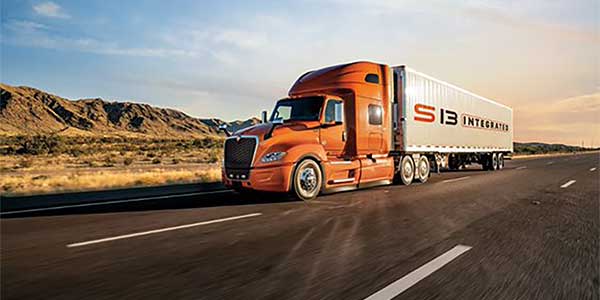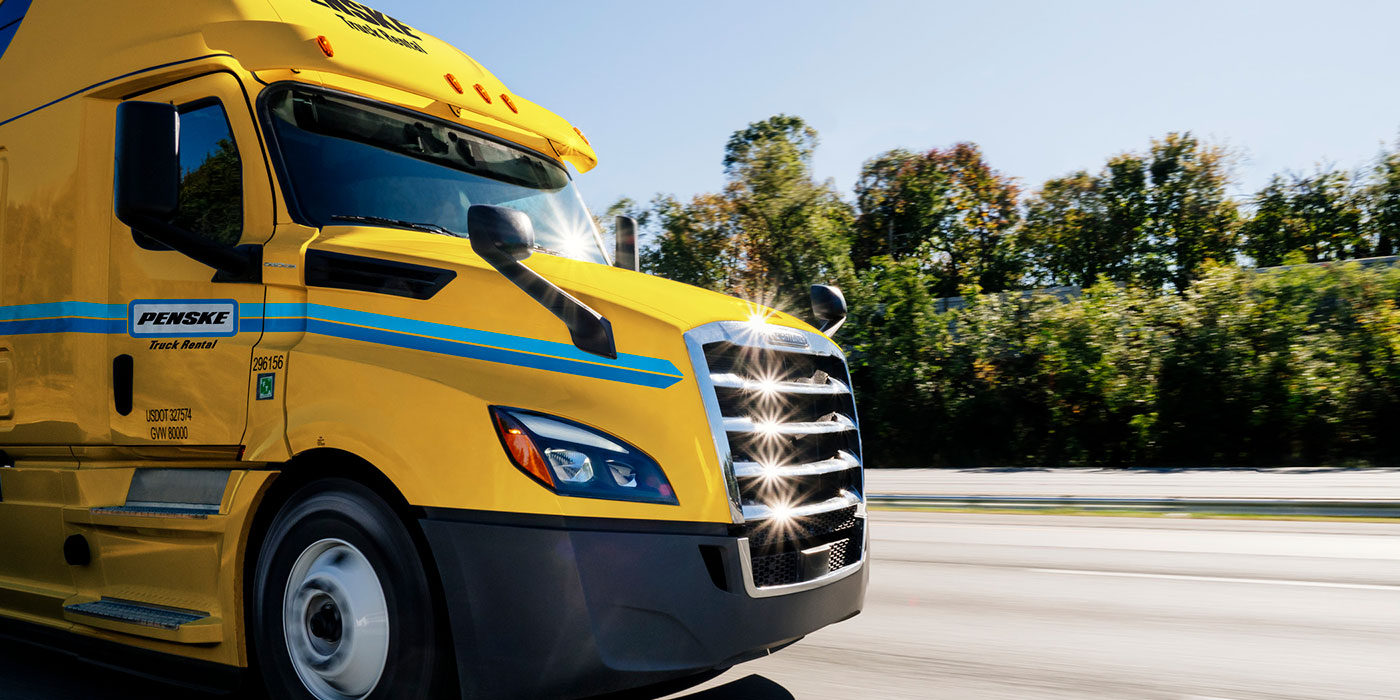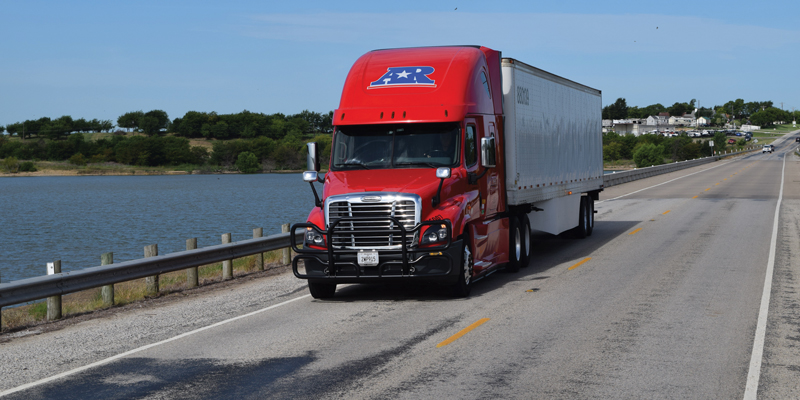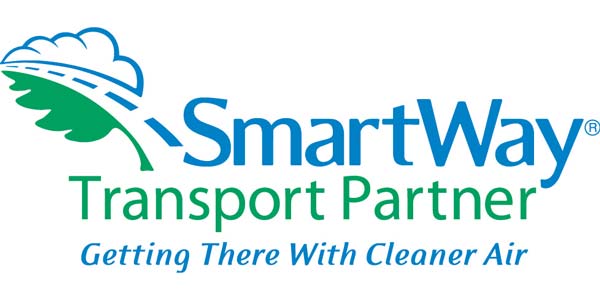As a former radio news commentator used to say, “Ladies and gentlemen, there’s new tonight”—a new policy statement from Washington as well as new SmartWay-verified fuel saving options available to you.
First, the good news. Silver Eagle (www.silvereaglemfg.com) has achieved SmartWay verification of the fuel-saving ability of its new Aero Saber trailer skirt. Matt Goldfain, the company’s marketing director, said, “The Aero Saber offers 5.7% fuel savings, equating to at least $2,700 a year in fuel expense and a quick return on investment. Over the life of a trailer, an operator could see as much as $40,500 in savings on fuel costs by using the Aero Saber.” Answering a concern of many fleet managers, it also offers a full 18 in. of ground clearance with its lower 10 in. made of flexible rubber.
Four General Tire products designed for long-haul use have also made SmartWay’s list of verified low rolling resistance tires. They are the S581 steer, the S371 steer and drive, the D660 drive and the ST250, a trailer tire. Tires verified by SmartWay for lower rolling resistance can provide an estimated fuel savings of 3% or more, relative to the “best selling” new tires for line haul trucks, when used on all five axles on long haul Class 8 trucks.
And now the bad news. Forgetting, or perhaps ignoring, the reasons why commercial vehicles were not included in mandated fuel economy standards decades ago, President Obama recently announced a new national policy to increase fuel efficiency for medium- and heavy-duty trucks. But times change and technology advances, so maybe now it can be done without crippling our country’s transportation system. Both Cummins and Wabash National apparently believe it’s possible, or are at least willing to work with the administration toward its stated goal.
Toward the end of last May, the president directed the EPA and NHTSA to establish requirements for medium- and heavy-duty vehicles, beginning with the 2014 model year, that are designed to reduce greenhouse gas emissions by up to 20% while increasing fuel efficiency by as much as 25% by 2018.
In expressing his company’s support for the new policy, Tim Solso, Cummins chairman and CEO, said, “We are committed to working with regulators, our customers and others in the industry to achieve these important environmental improvements. Regulations that recognize the needs of business, offer clear direction and provide incentives to companies that create innovative technologies have the power to significantly benefit the environment while creating jobs in this country.”
Wabash National also announced its participation and support of the announcement for plans to create national fuel efficiency and greenhouse gas emissions standards for medium- and heavy-duty vehicles. “Improving fuel efficiency and developing new aerodynamic solutions have been growing trends in our industry over the past five years,” said the company’s president and CEO, Dick Giromini. “We recognize and support the need for a well-designed regulatory structure that results in substantial fuel efficiency gains and greenhouse gas reductions.”
Cummins’ Solso and Jamie Scarcelli, vice president of strategy and corporate development at Wabash National, as members of the Heavy-Duty Fuel Efficiency Leadership Group, were present when the president made his announcement. Formed last January, the group is a coalition of medium- and heavy-duty fleets and technology providers. It supports a workable national program to reduce greenhouse gas emissions and improve the fuel efficiency of medium- and heavy-duty vehicles. Its core principles center on using existing technologies and experienced providers to achieve cost-effective solutions to improve fuel efficiency.
Fuel economy standards make sense for automobiles since they’re all used in much the same way. But should one expect a Class 8 tractor powered by a 400 HP engine and pulling a loaded tanker through the mountains to get the same fuel mileage as a similar rig hauling potato chips across Iowa? Let’s hope the bureaucrats listen to the fleets and manufacturers before they write their regulations.













